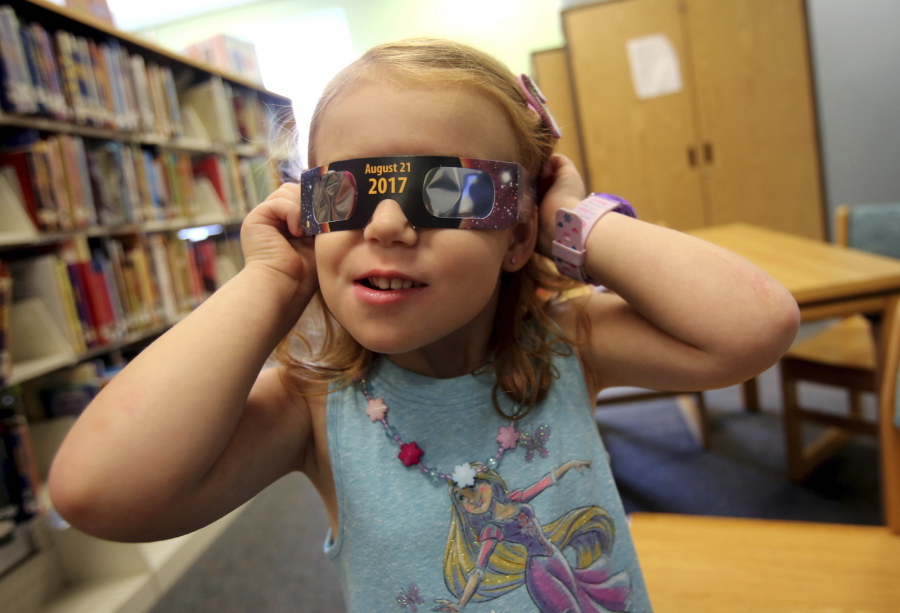CAPE CANAVERAL, Fla. — It will be tough eclipsing this eclipse.
The sun, moon and Earth will line up perfectly in the cosmos on Aug. 21, turning day into night for a few wondrous minutes, its path crossing the U.S. from sea to shining sea for the first time in nearly a century.
Never will a total solar eclipse be so heavily viewed and studied — or celebrated.
“We’re going to be looking at this event with unprecedented eyes,” promised Alex Young, a solar physicist who is coordinating NASA’s education and public outreach.
And the party planning is at full tilt from Oregon to South Carolina.
Eclipse Fests, StarFests, SolarFests, SolFests, Darkening of the SunFests, MoonshadowFests, EclipseCons, Eclipse Encounters and Star Parties are planned along the long but narrow path of totality, where the moon completely blots out the sun.
Vineyards, breweries, museums, parks, universities, stadiums — just about everybody is getting into the act.
The Astronomical League for amateur astronomers is holing up at Casper, Wyo. Minor league baseball teams will halt play for “eclipse delays” in Salem, Ore., and elsewhere. By a cosmic quirk of the calendar, the Little Green Men Days Festival will be in full swing in Kelly, Ky., as will the American Atheists’ annual convention in North Charleston, S.C.




